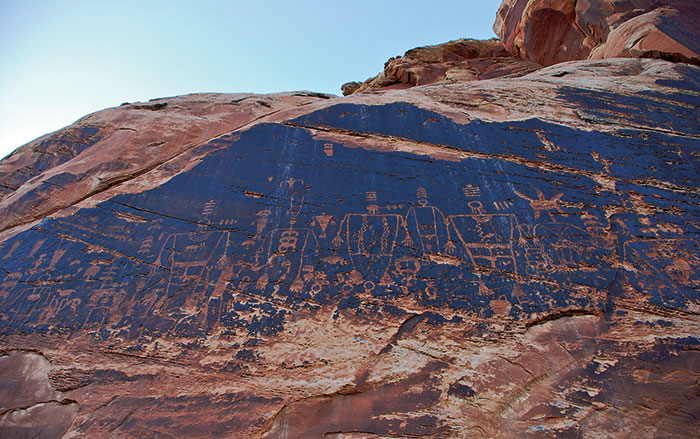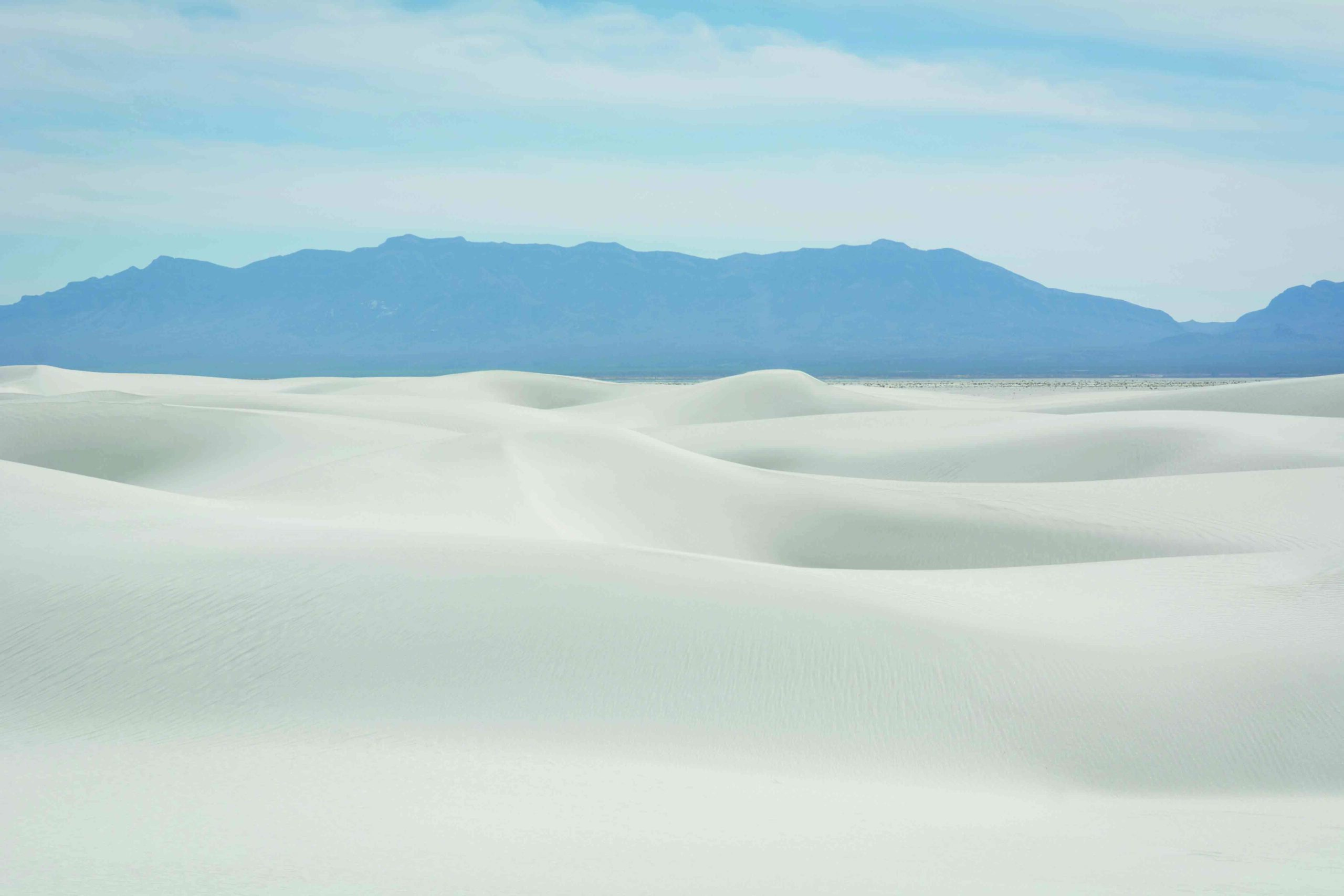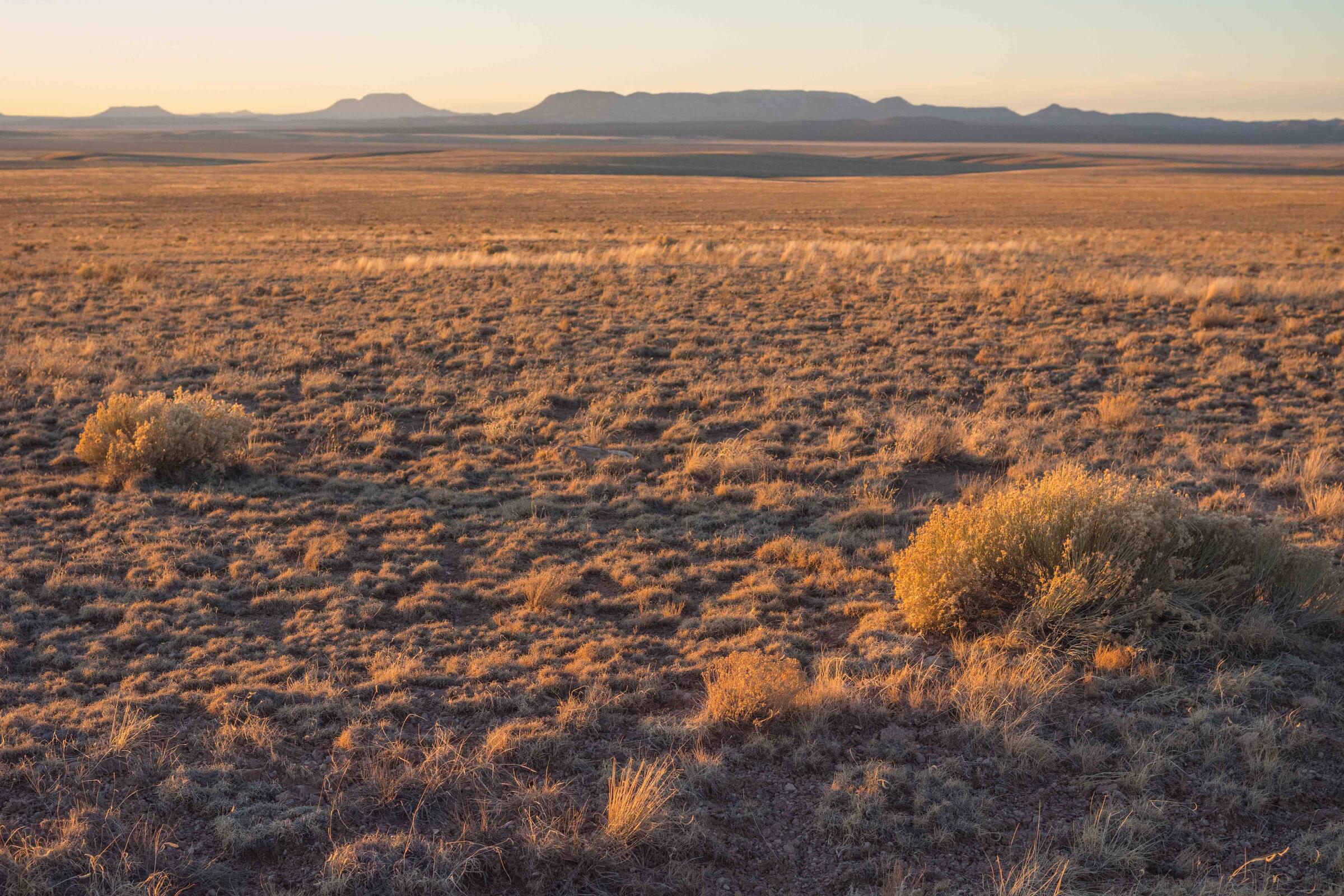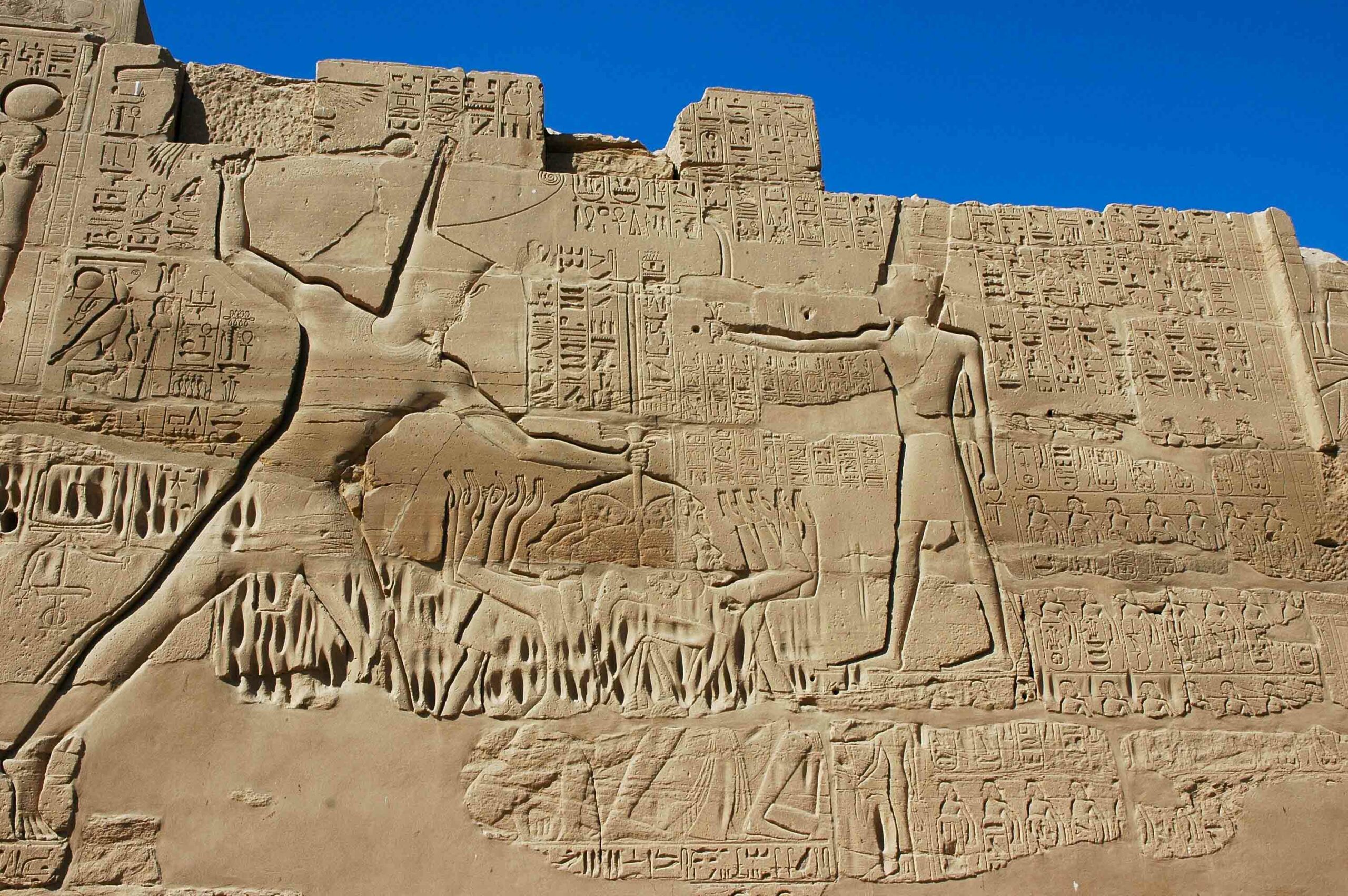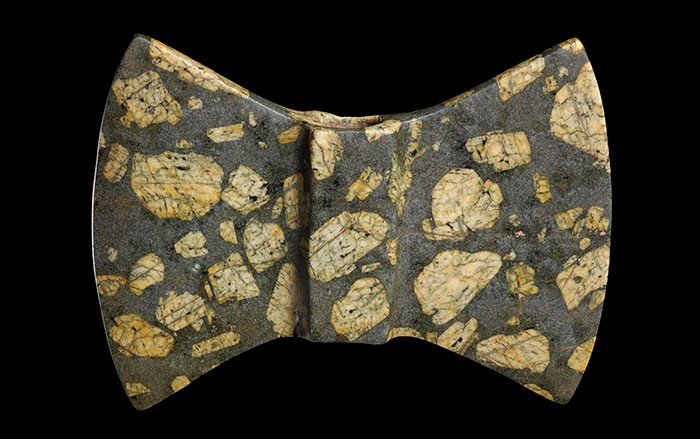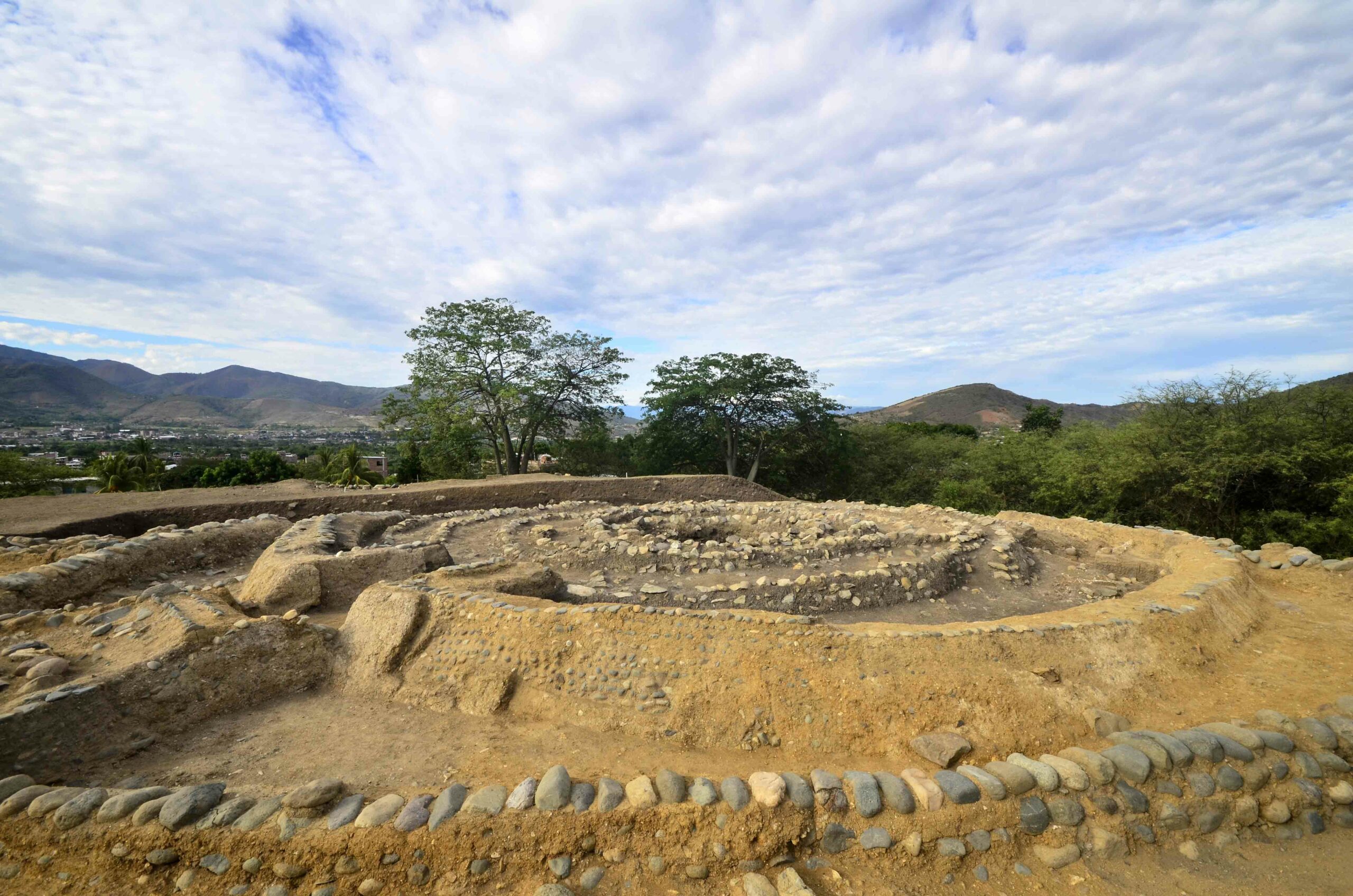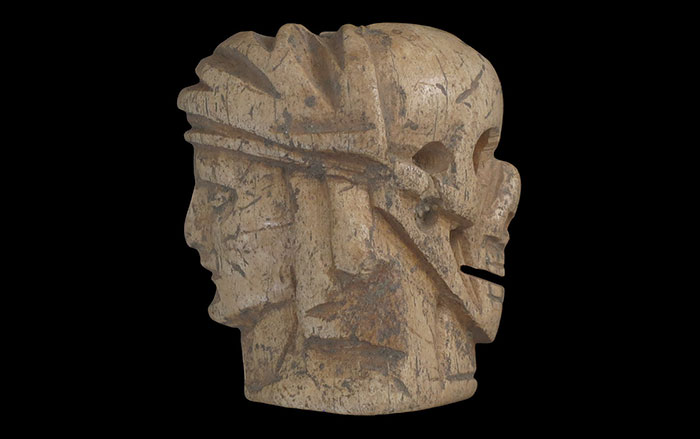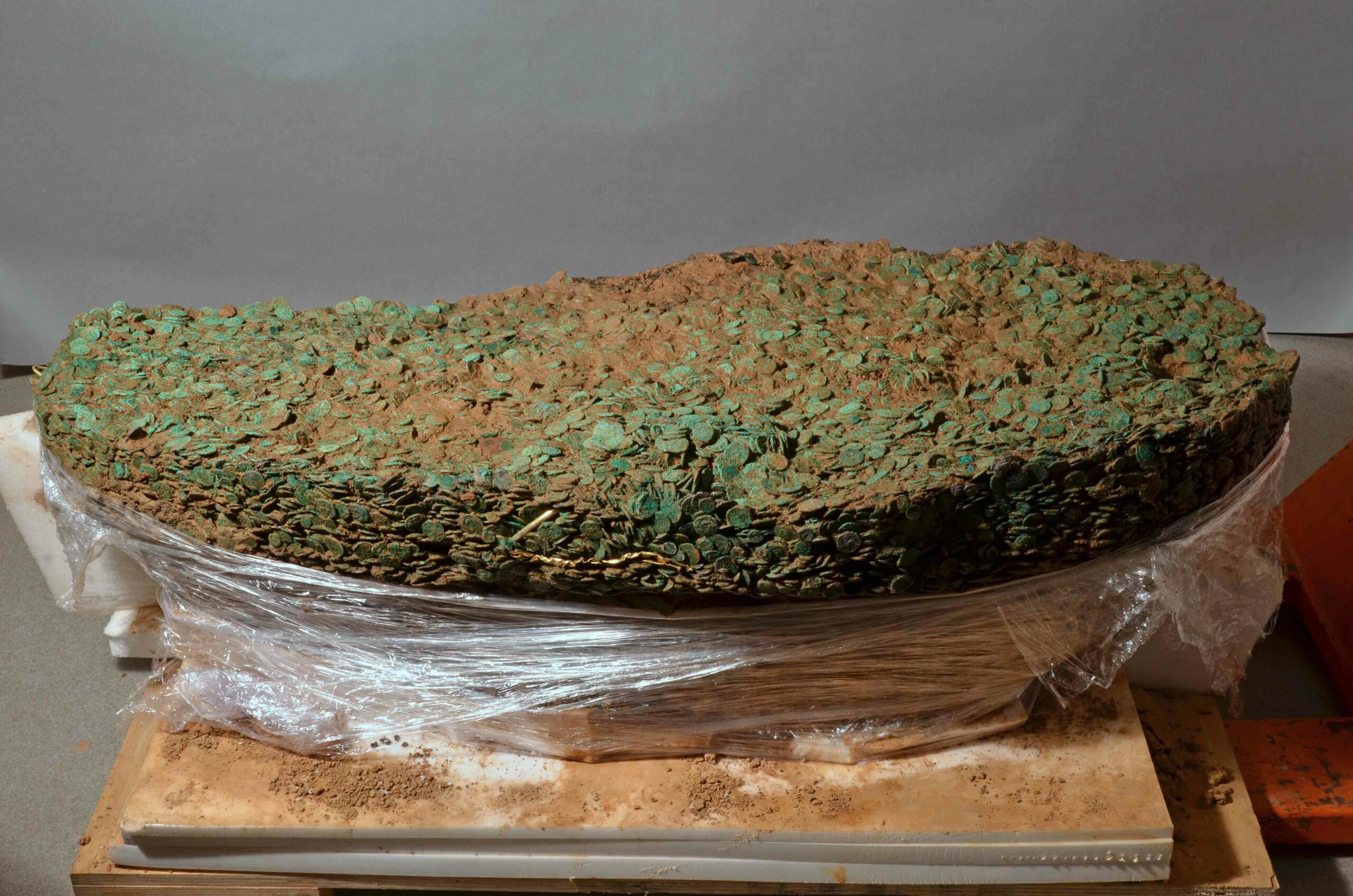
BOULDER, COLORADO—A 900-year-old petroglyph on a free-standing rock in Chaco Canyon could depict the solar eclipse that occurred over New Mexico on July 11, 1097, according to a report in Newsweek. J. McKim Malville of the University of Colorado, Boulder, says the carving is made up of an image that looks like the sun’s outer atmosphere—a circle surrounded by “tangled, looped protrusions” on its edges. Human figures are also shown engaged in different activities. Malville and José Vaquero of Spain’s University of Extremadura examined the amount of carbon in ancient tree rings, ancient observations of sunspots recorded by Chinese astronomers, and historic data on the northern lights compiled by northern Europeans. They determined that at the time of the New Mexico eclipse the sun was in a period of very high solar activity. The loops in the petroglyph could depict coronal mass ejections, or eruptions of tons of fast-moving plasma. Other images on the rock, known as Piedra del Sol, were used to mark the June solstice and probably served other ceremonial functions. To read about another discovery at Chaco Canyon, go to “Early Parrots in the Southwest.”


